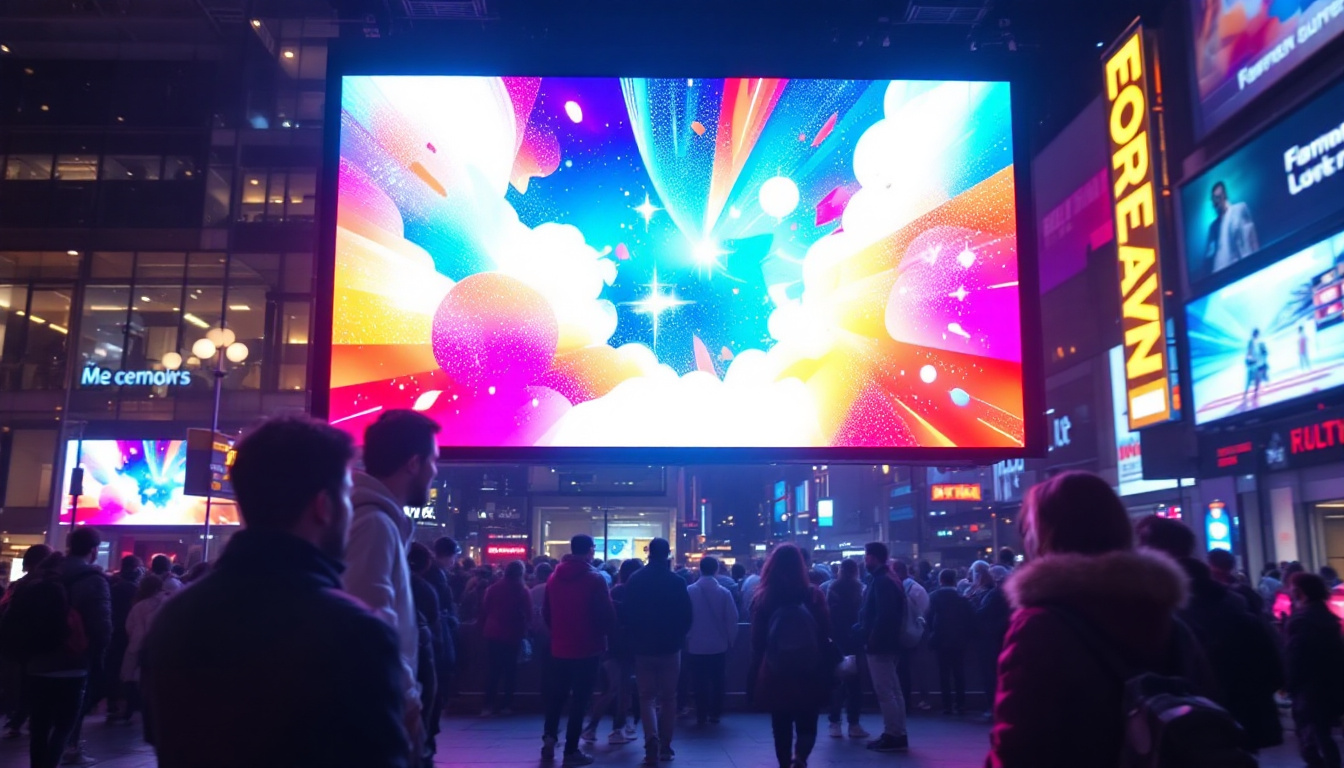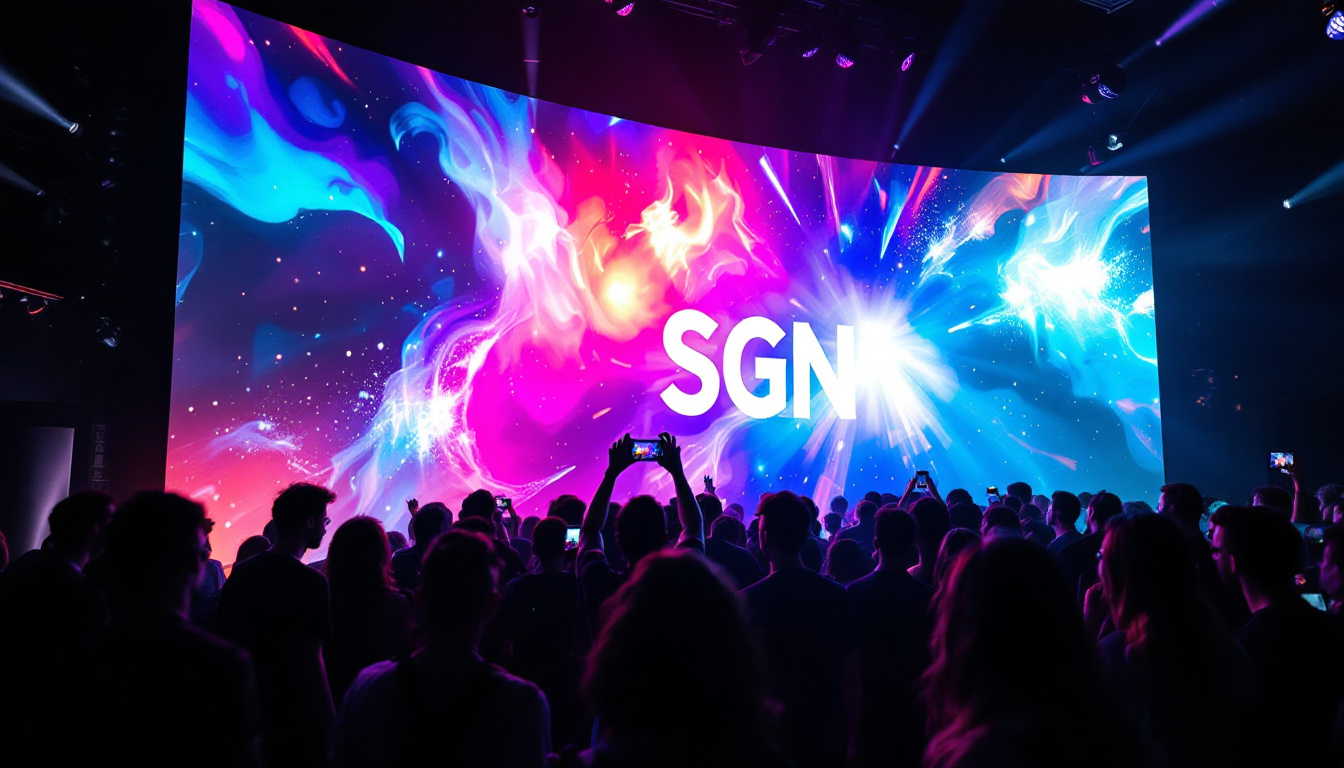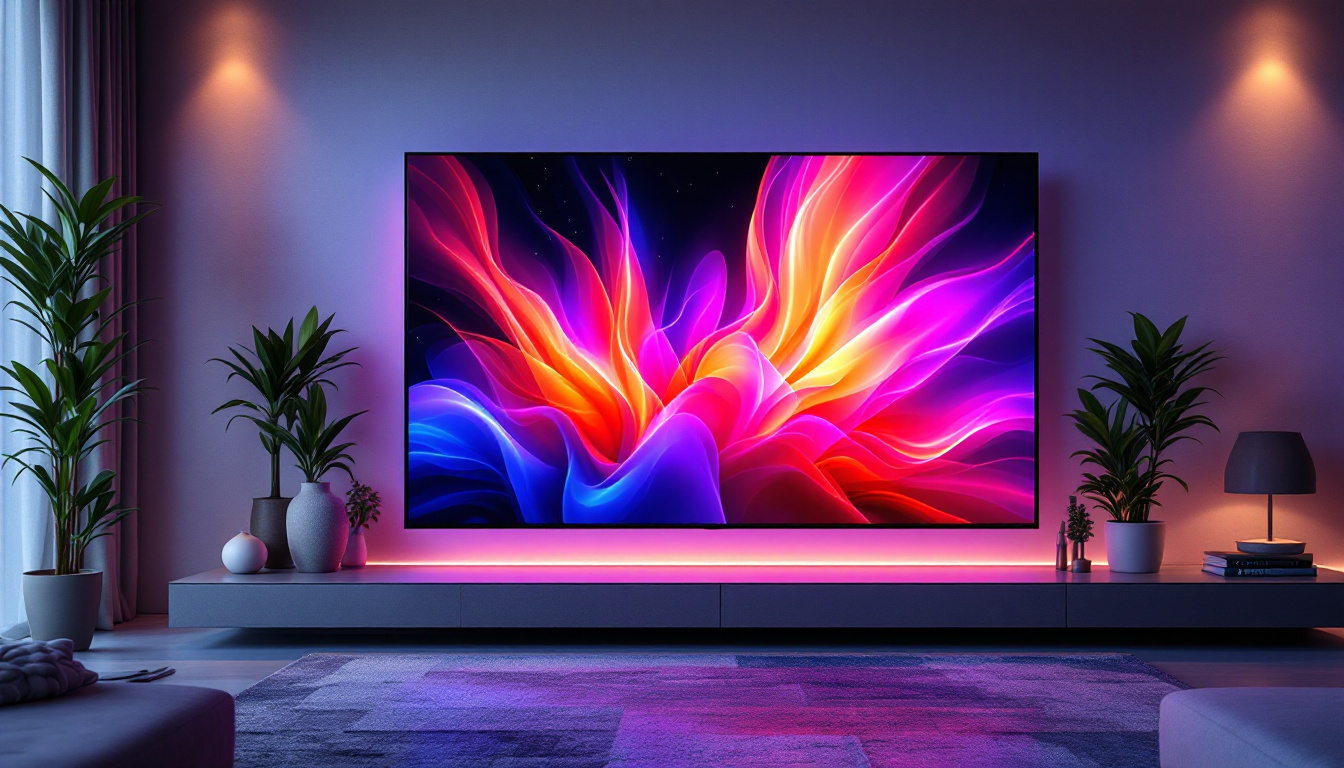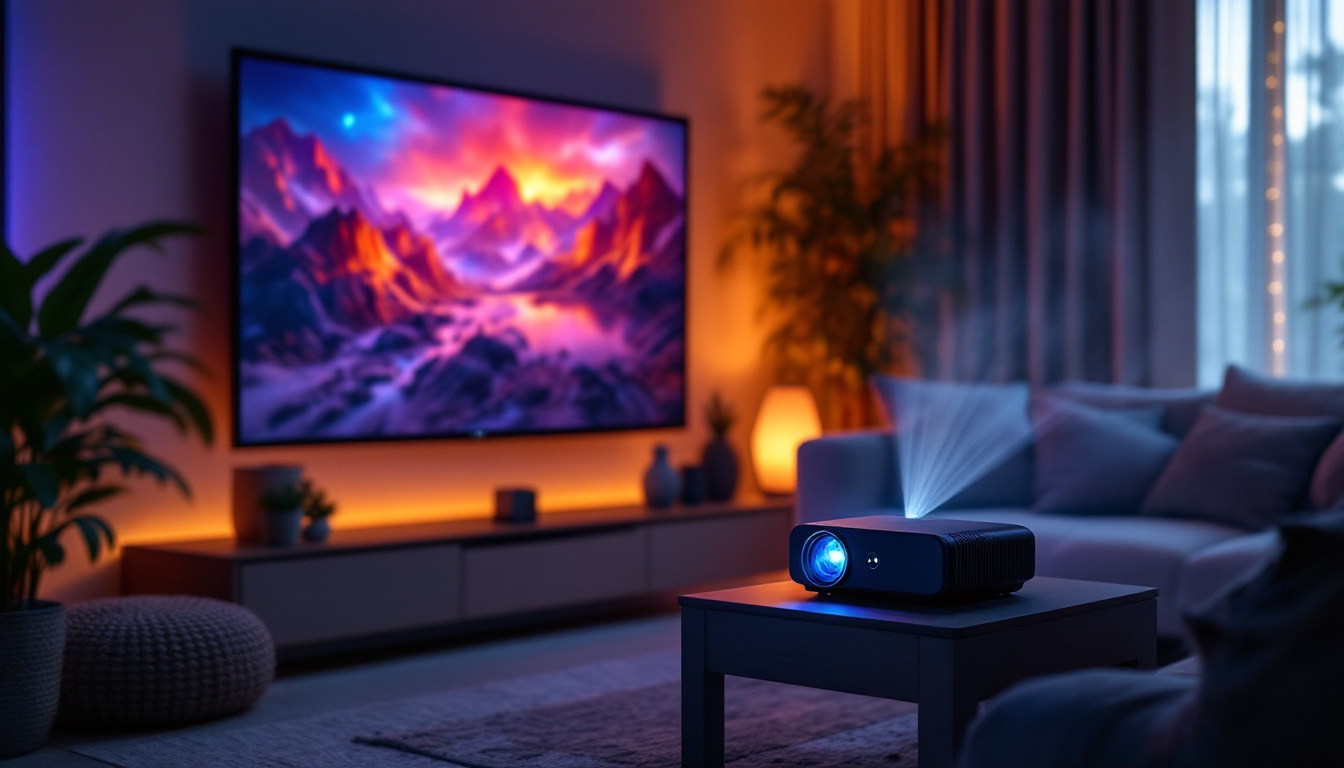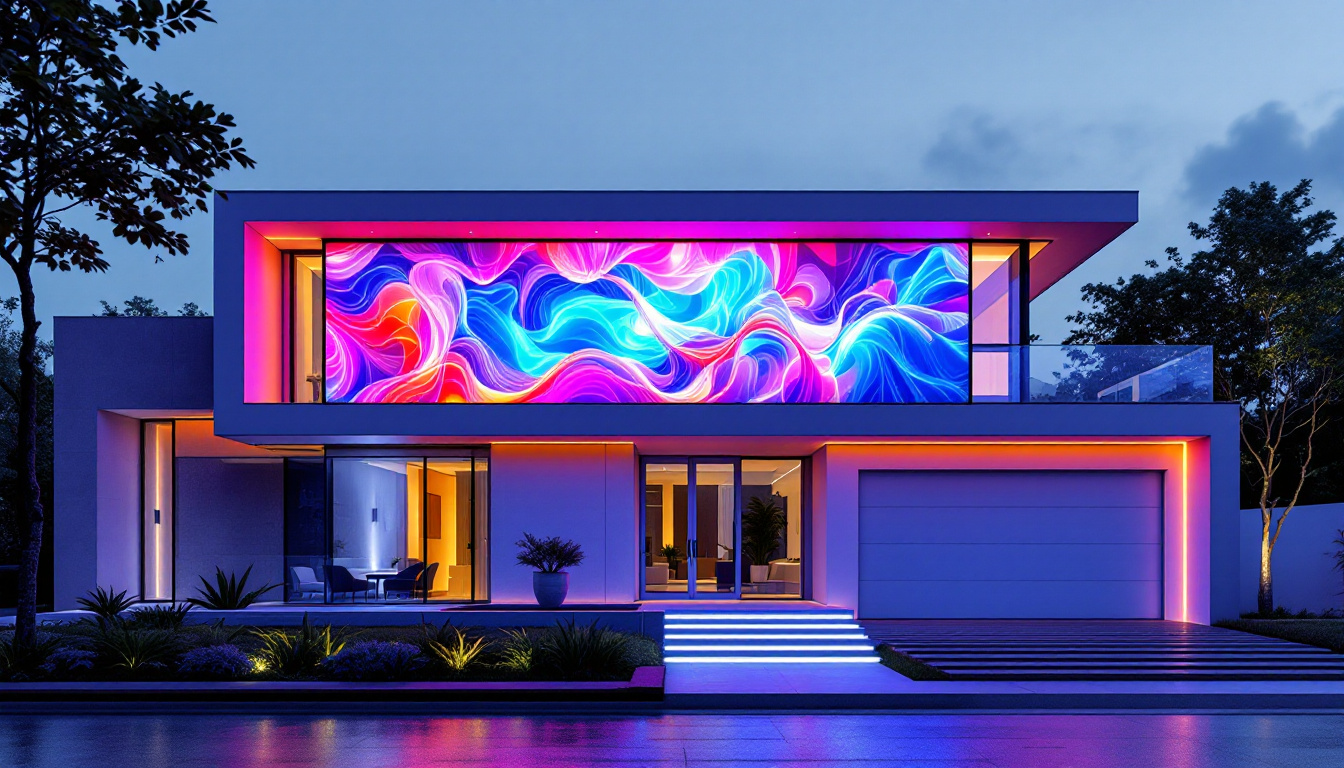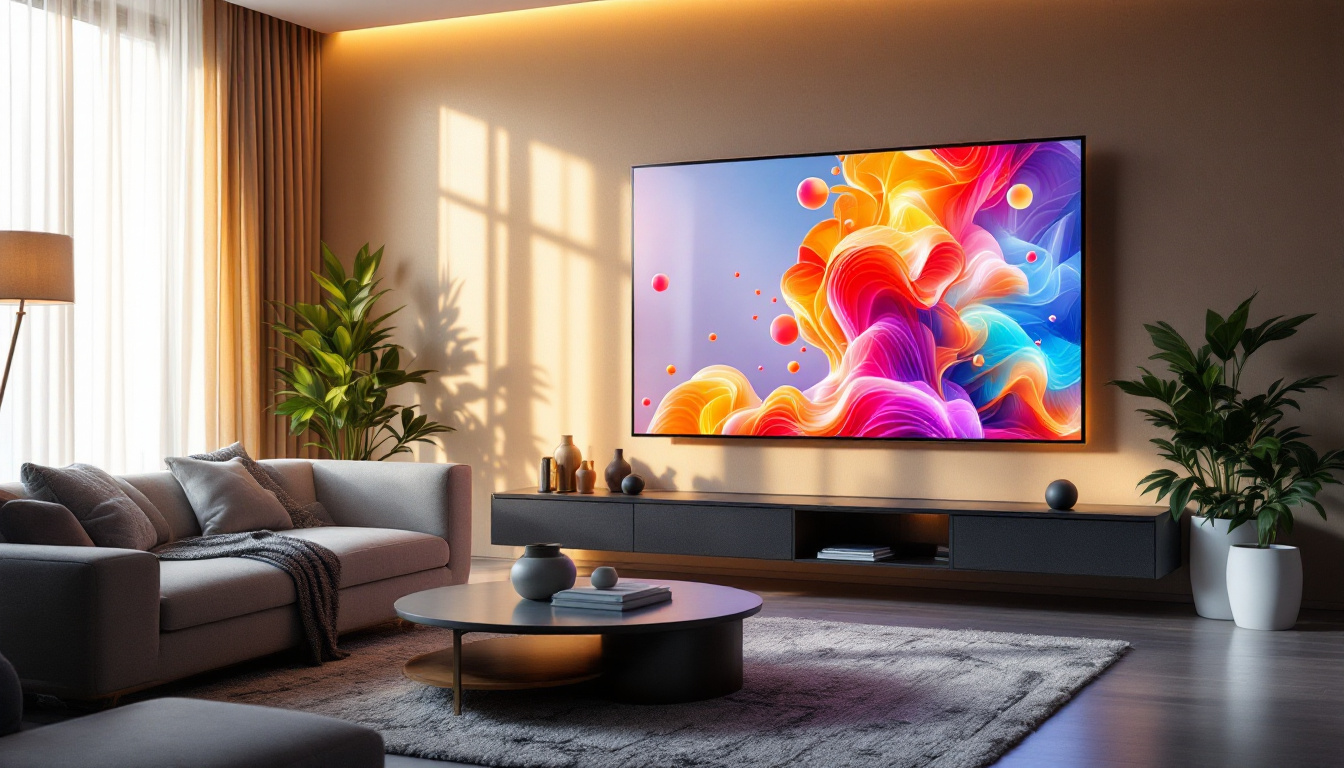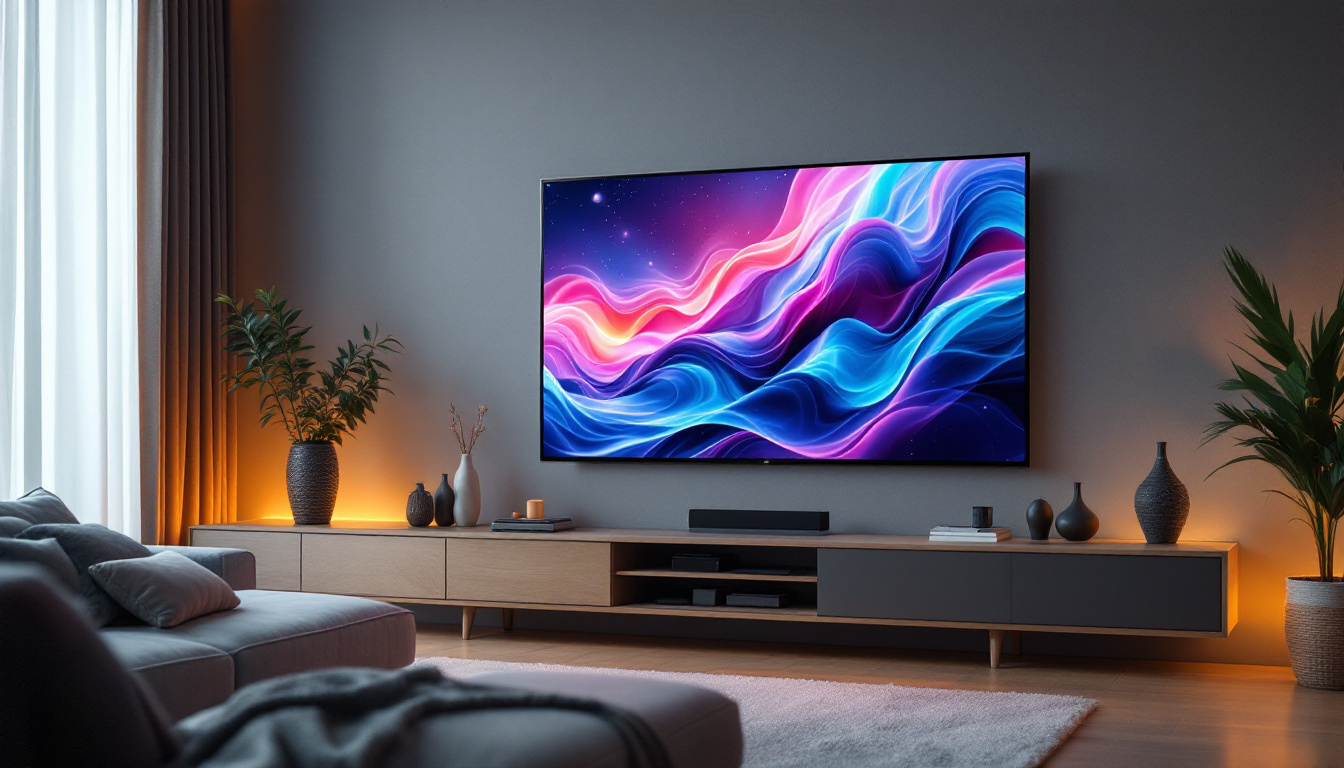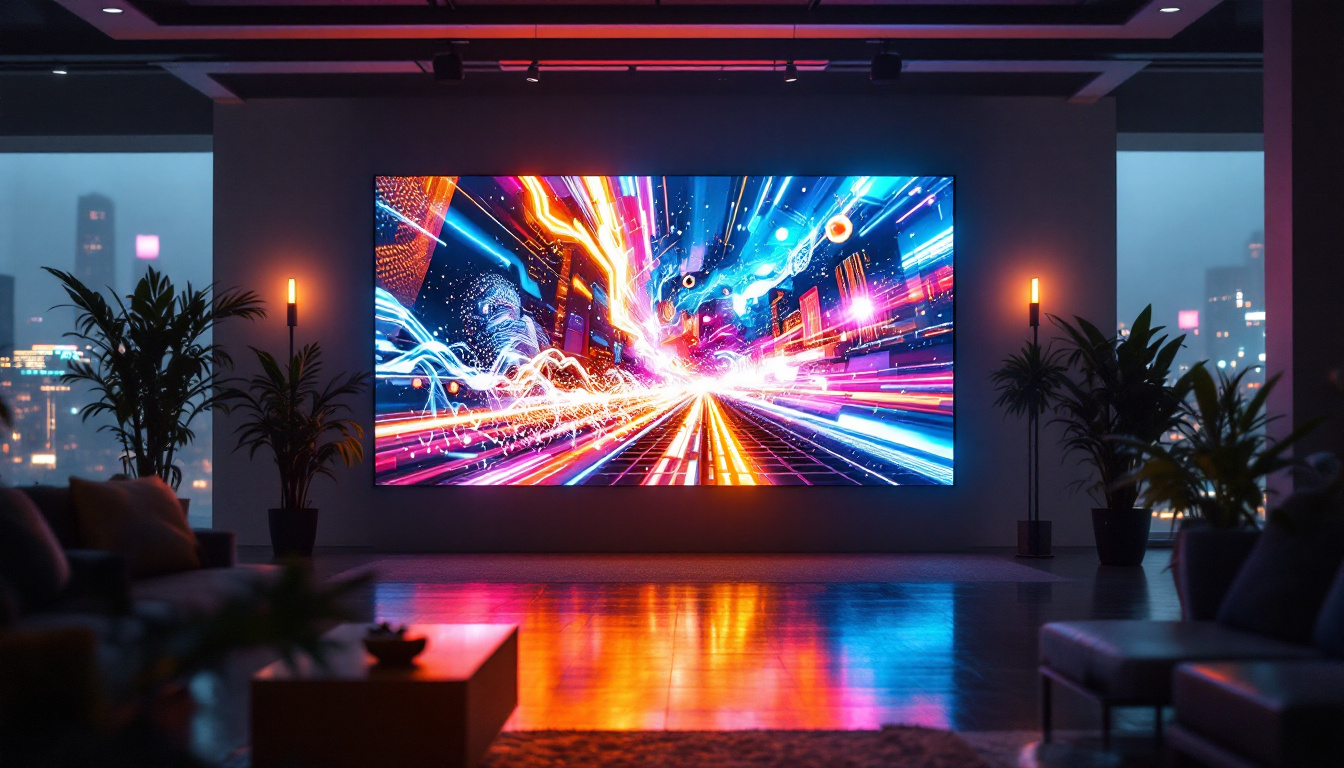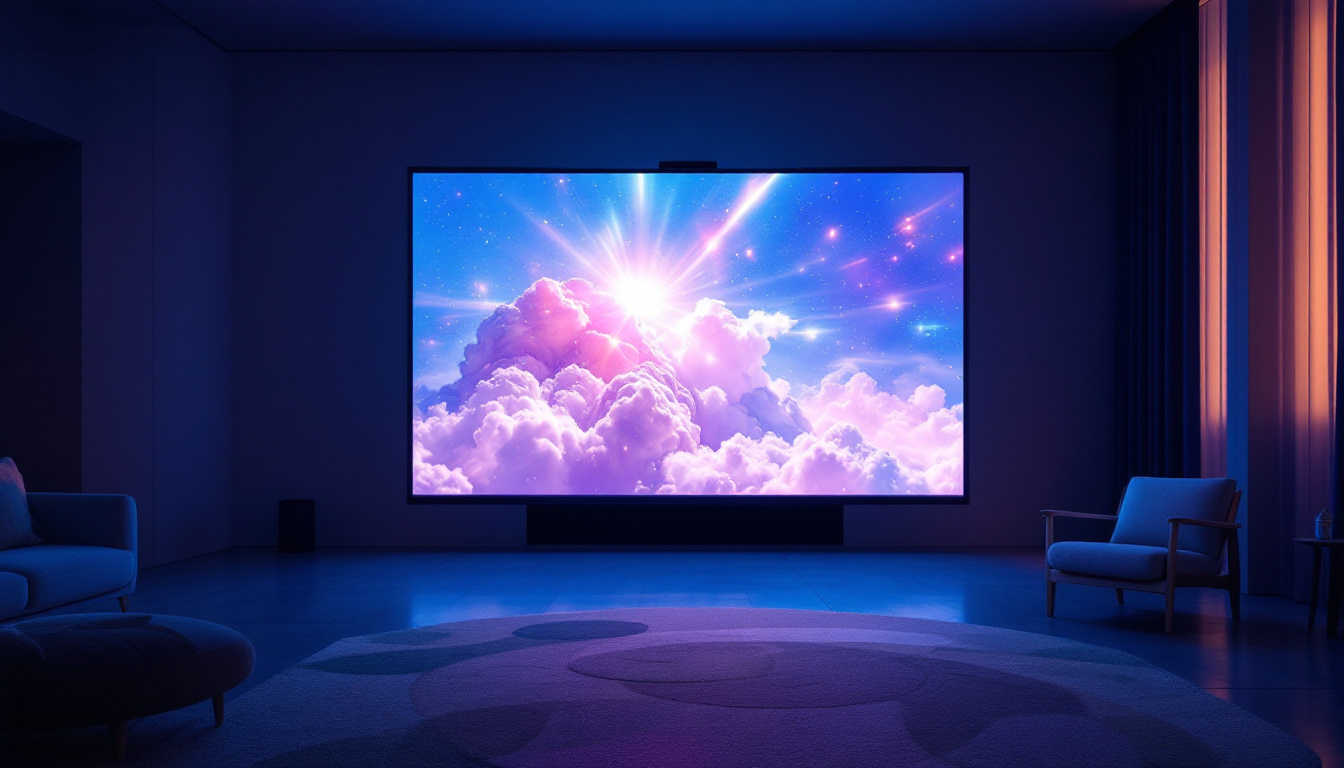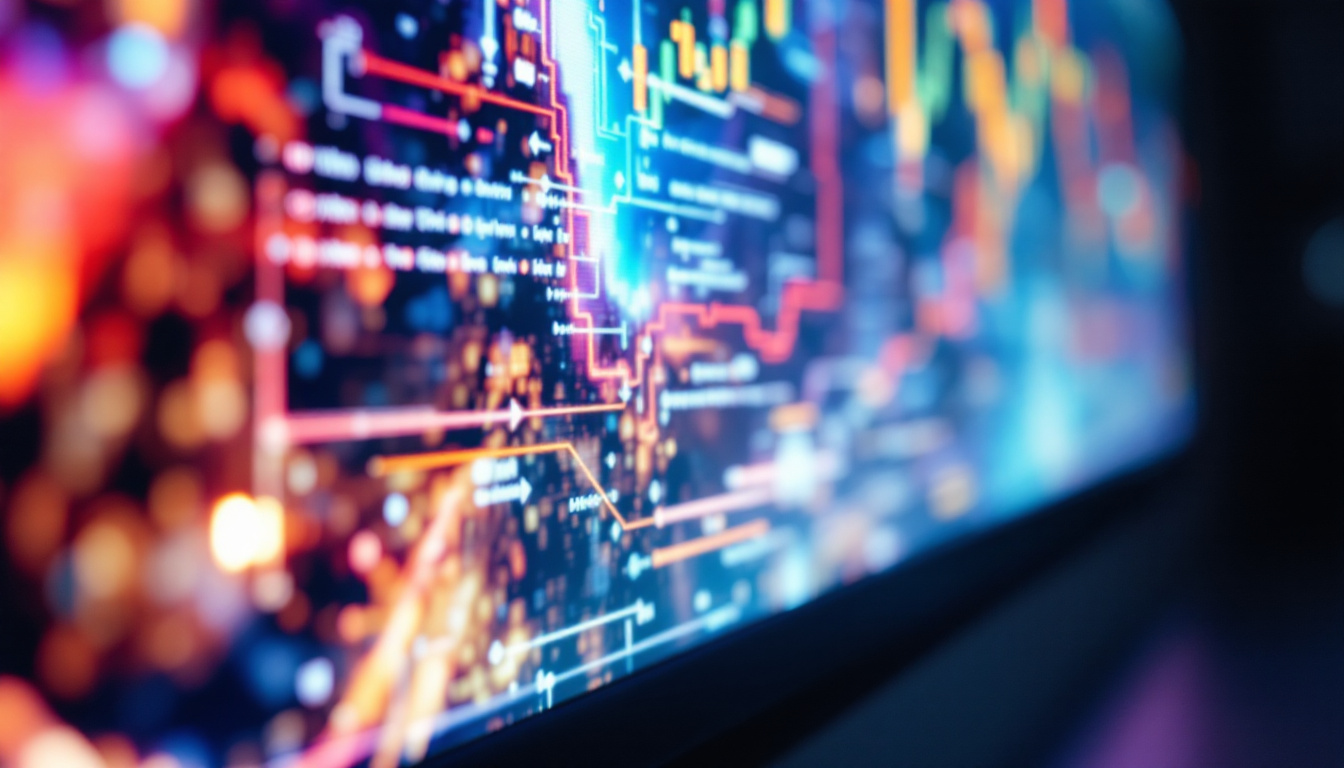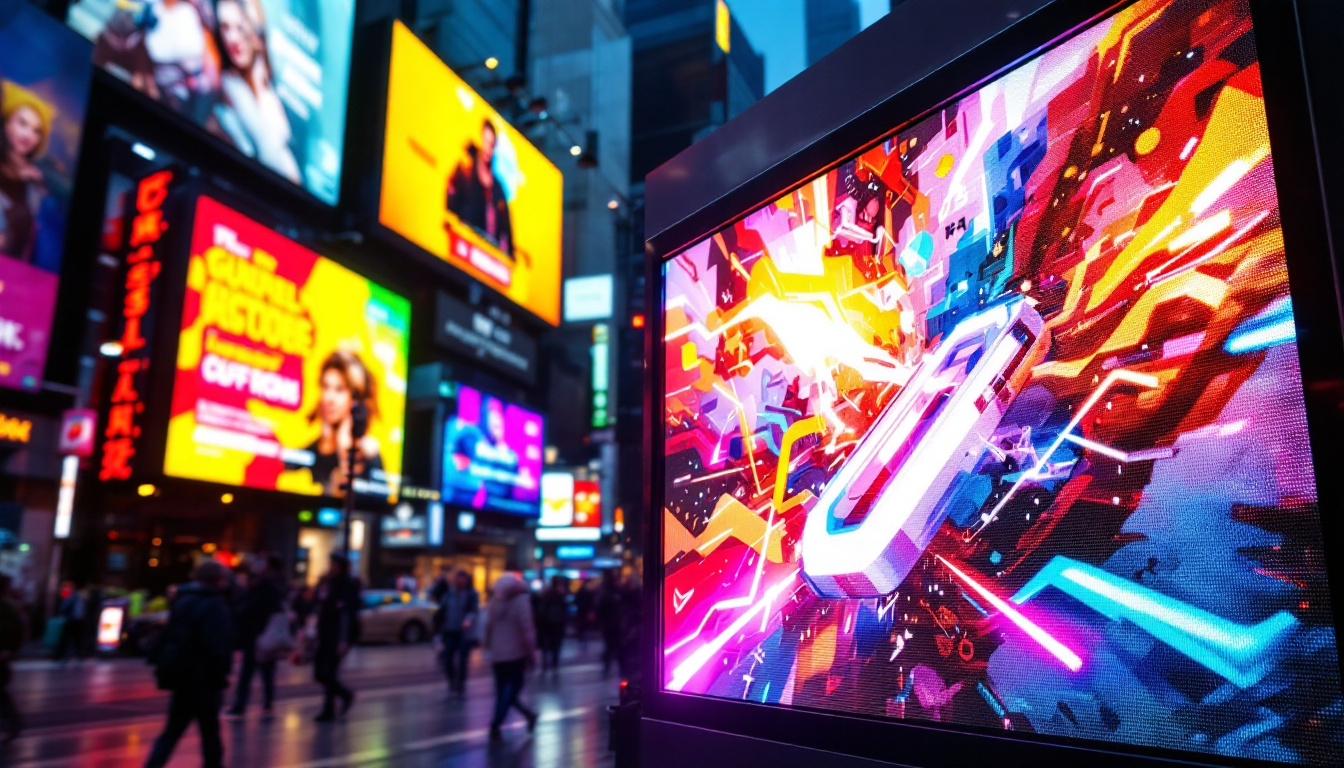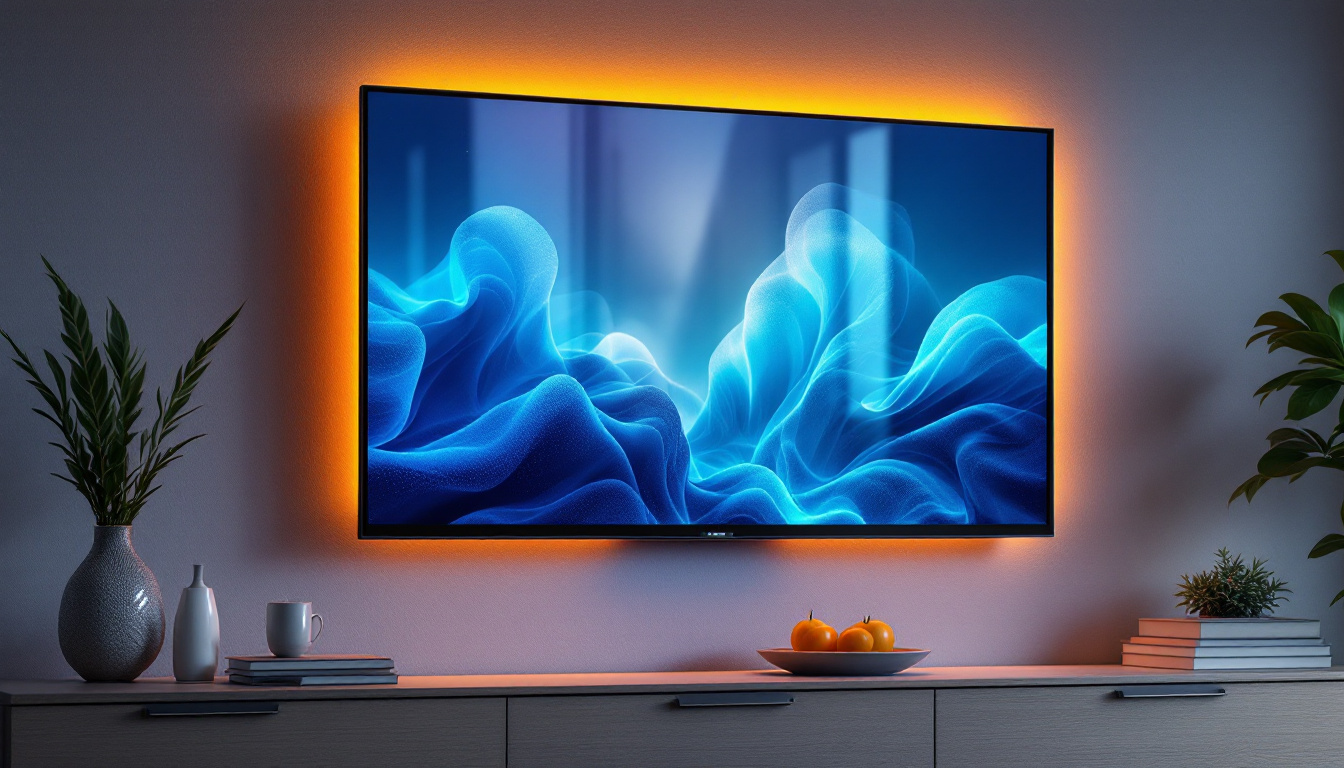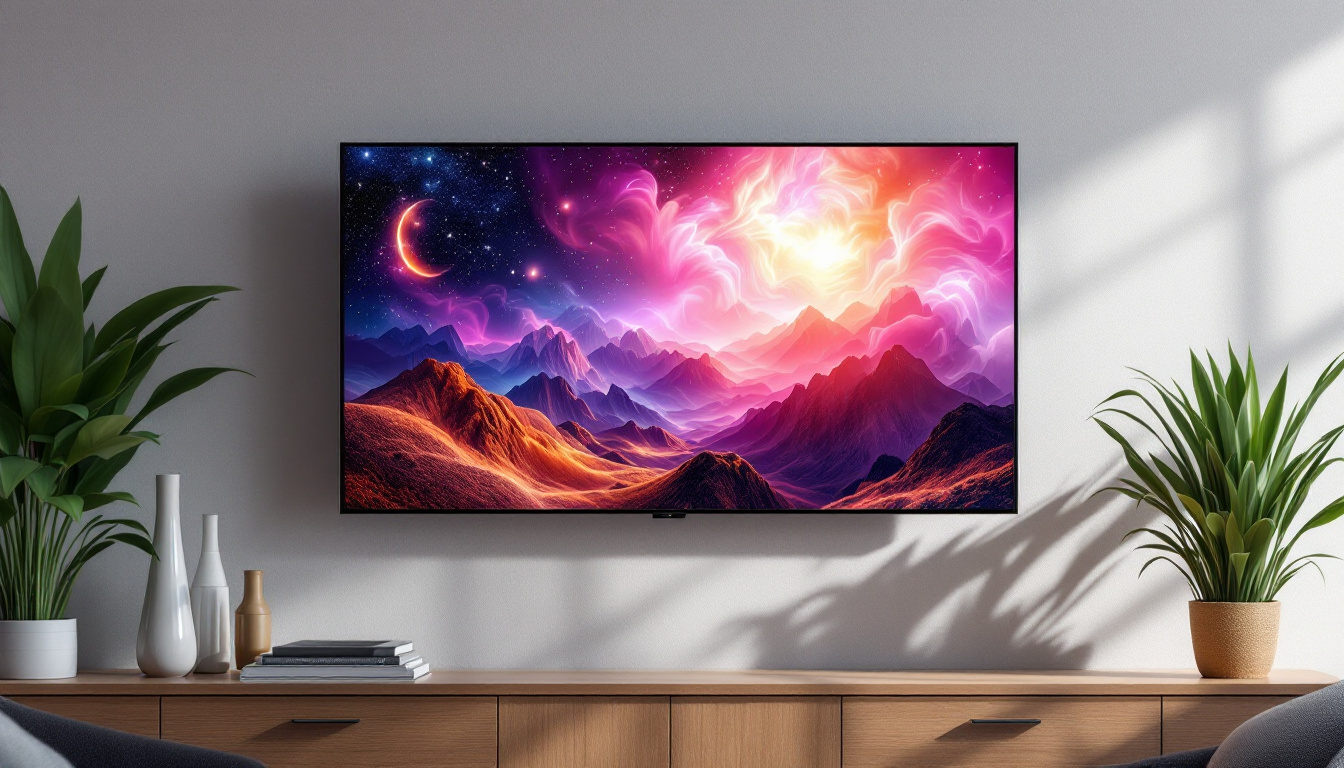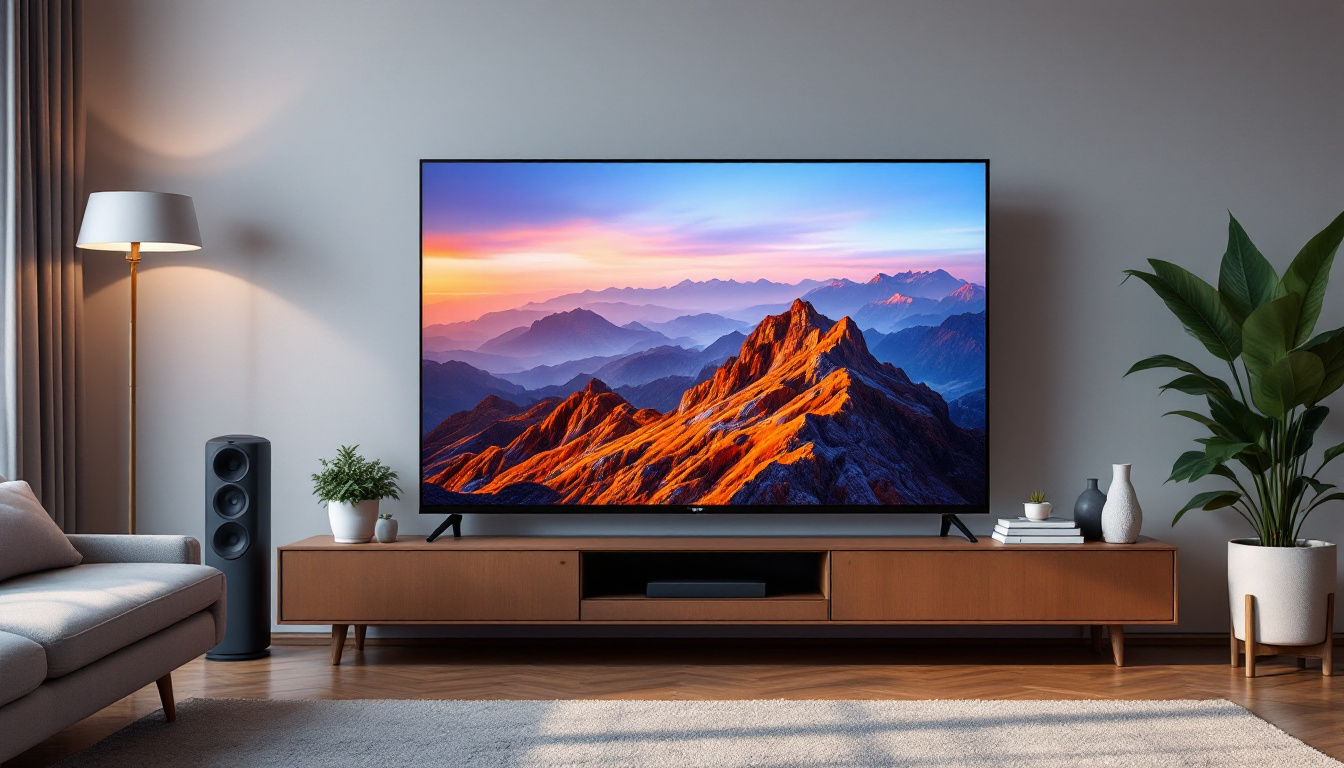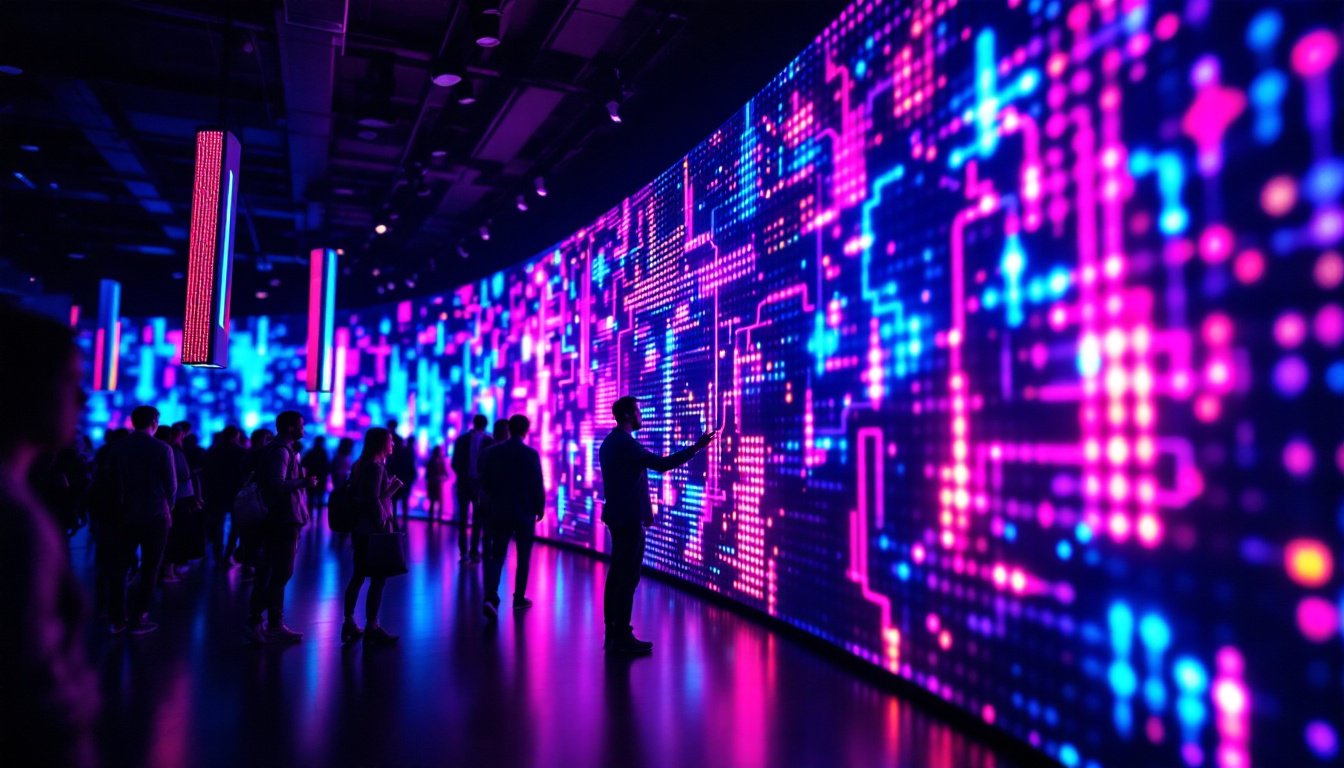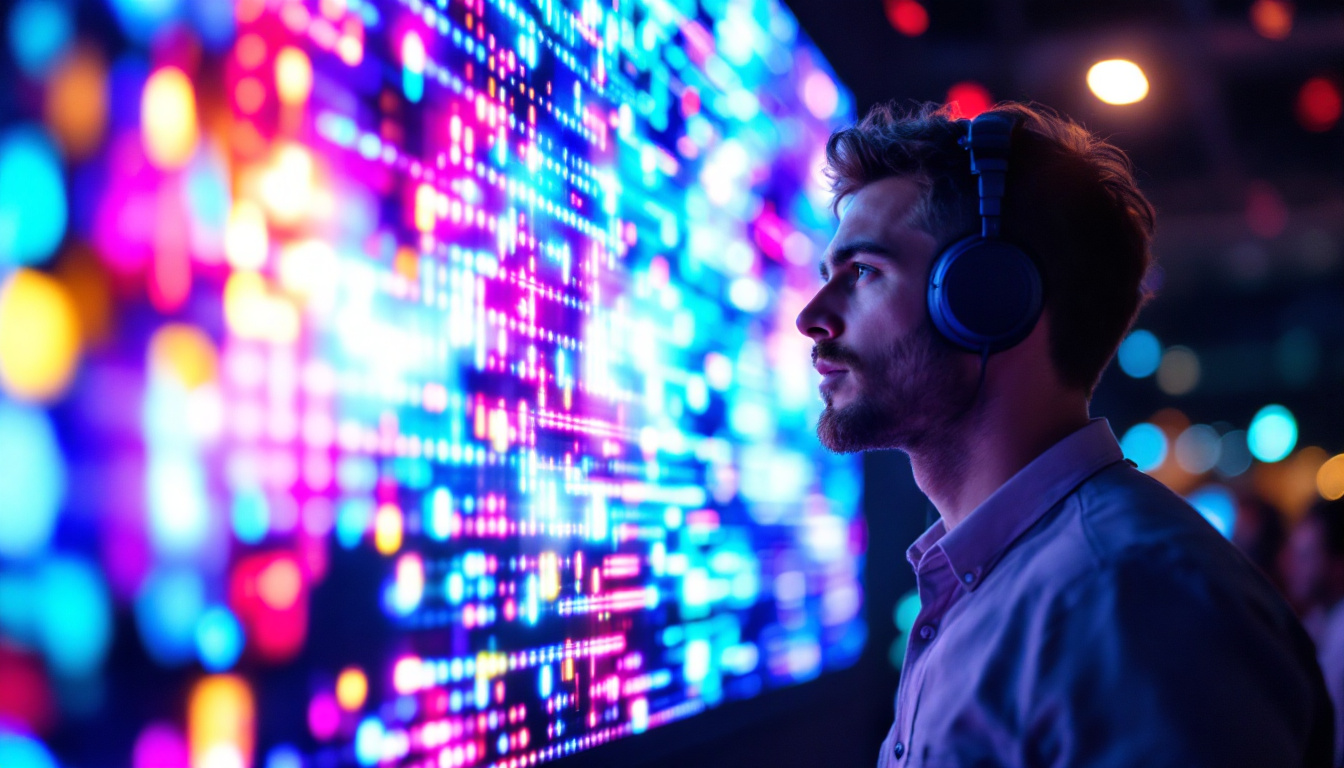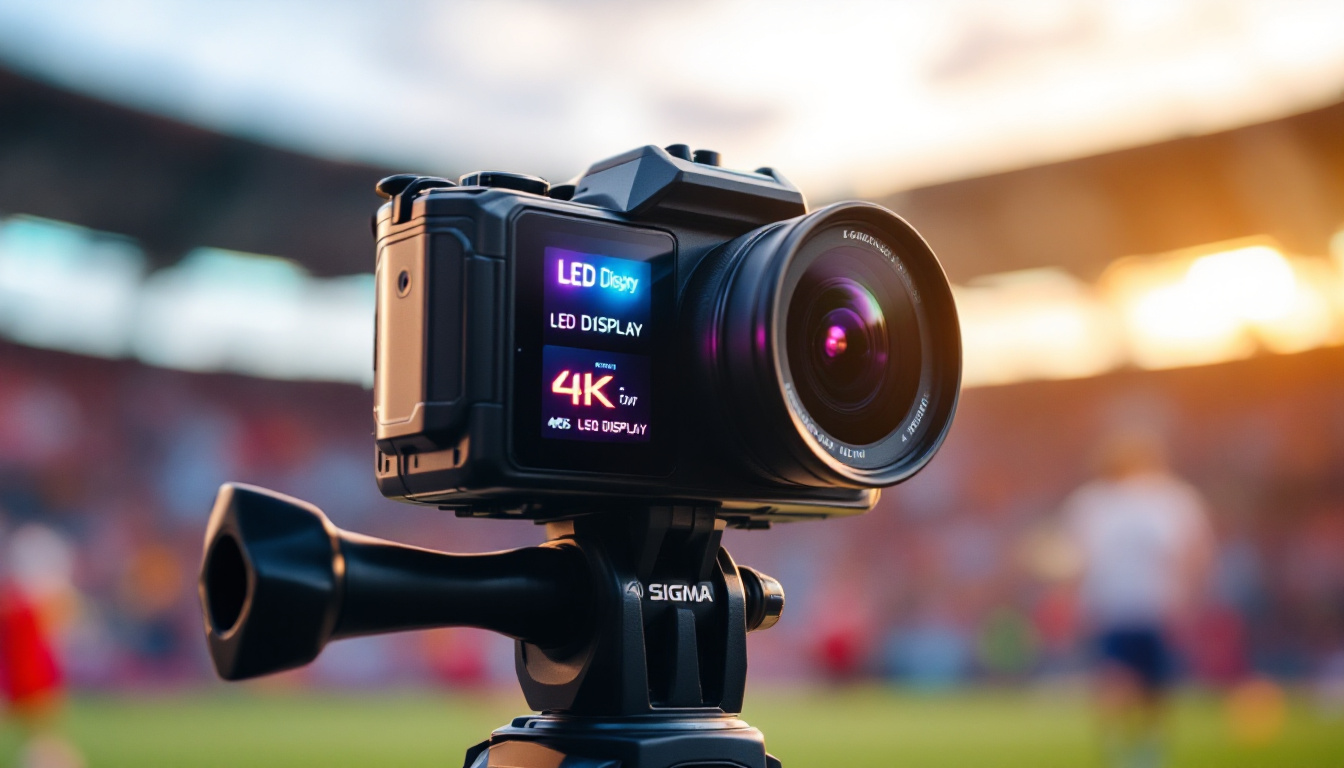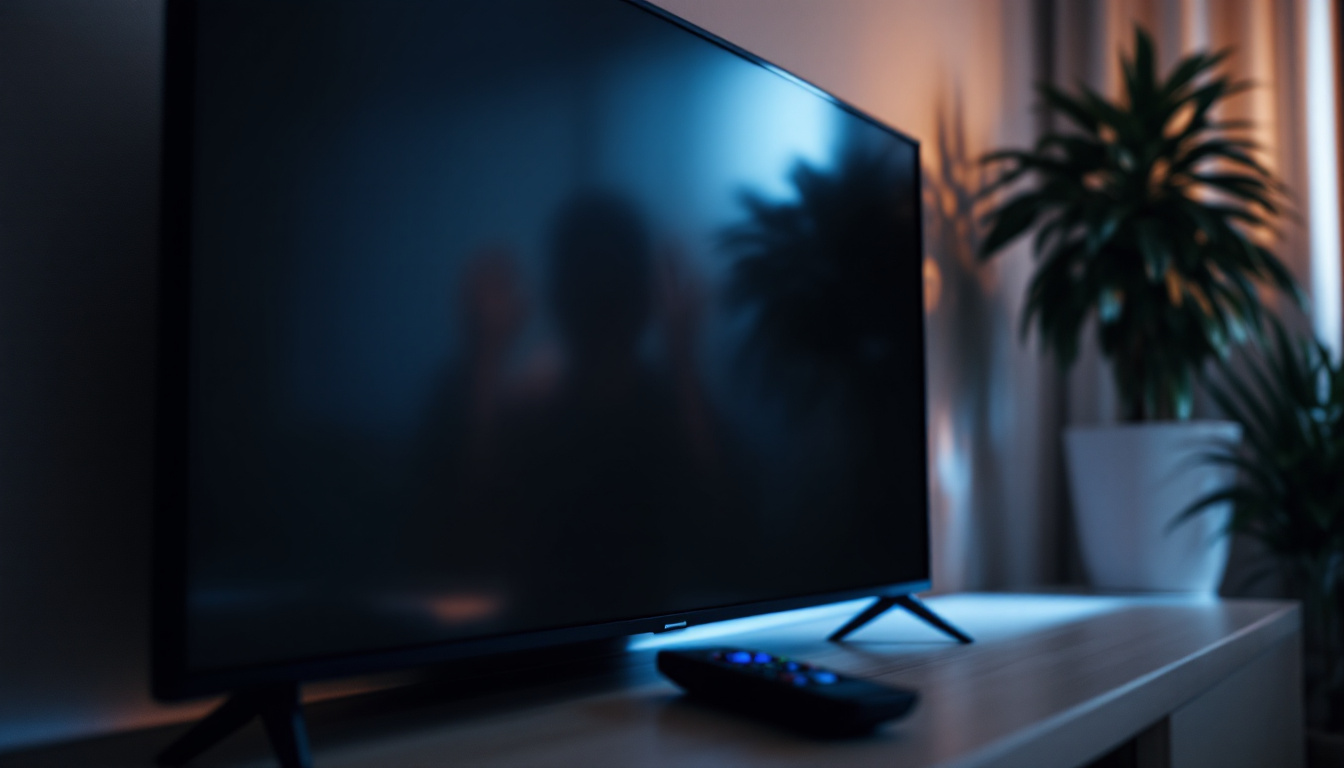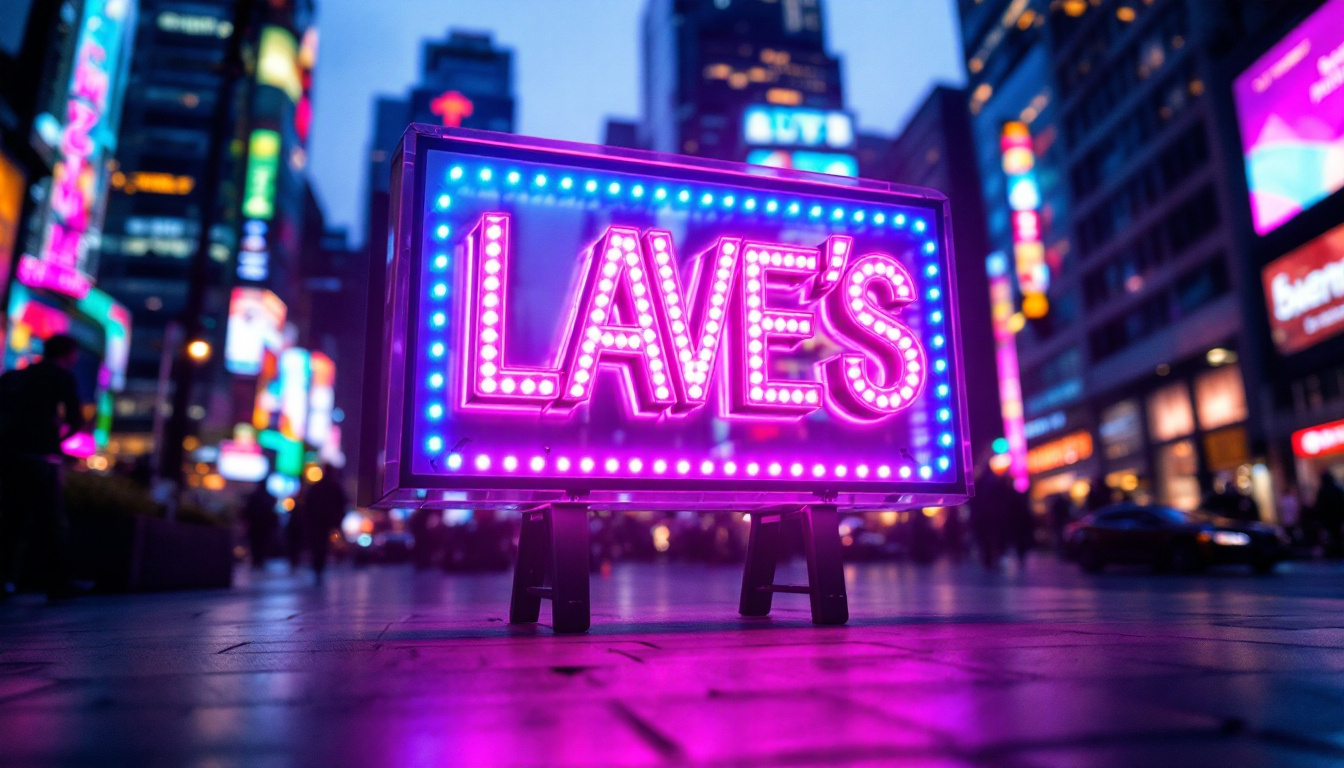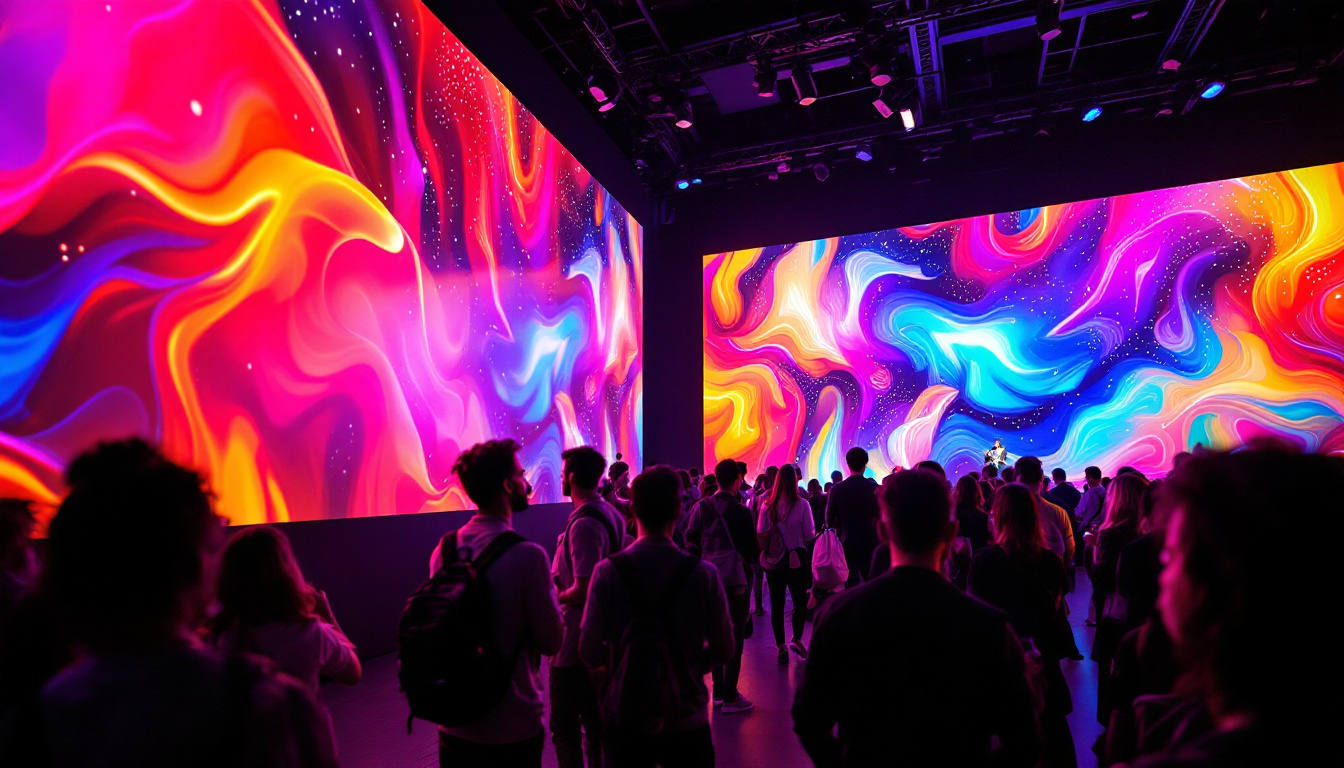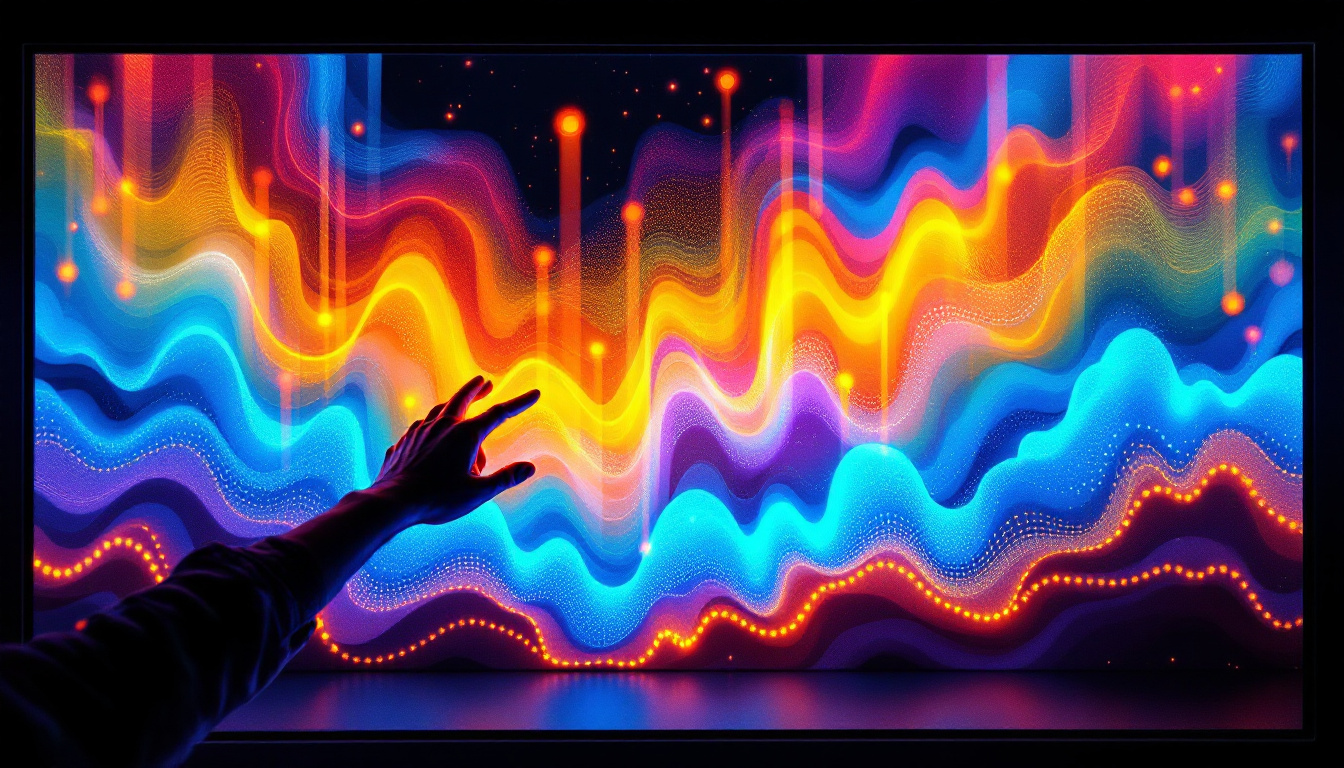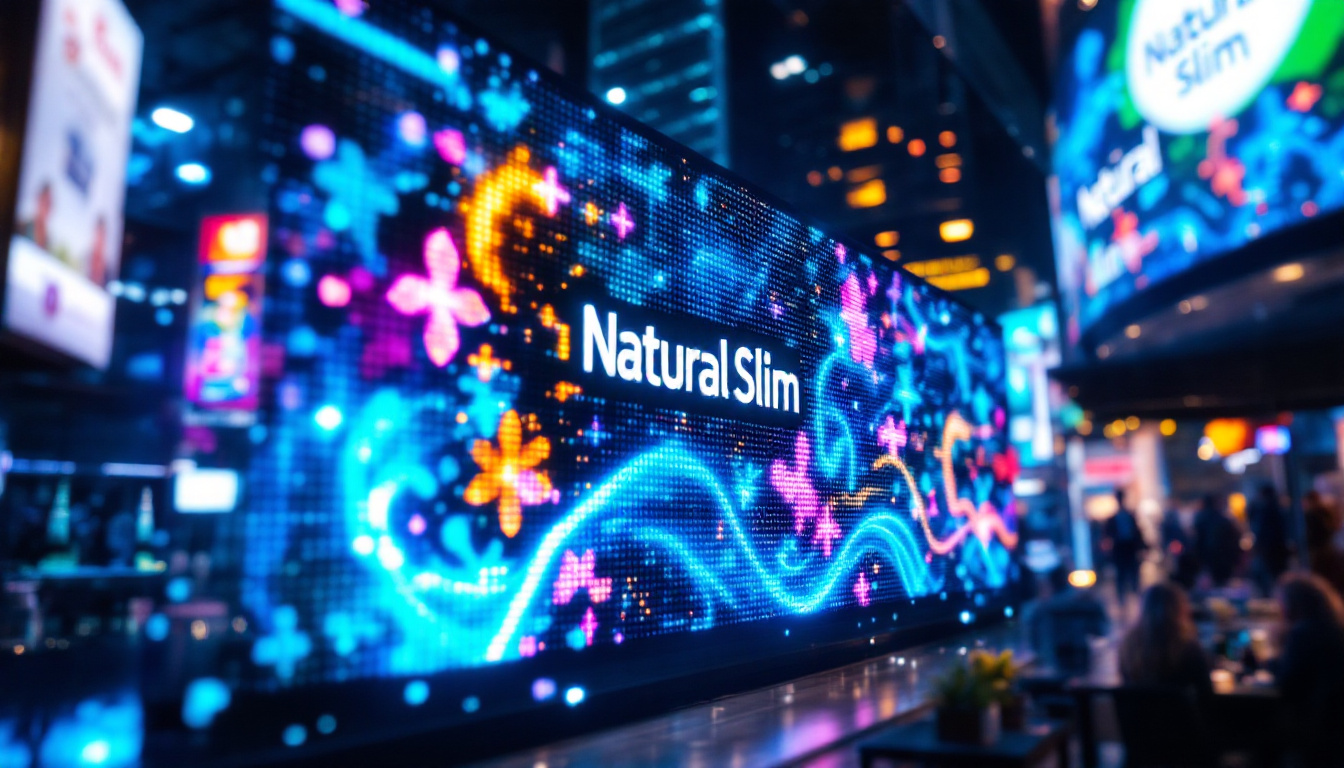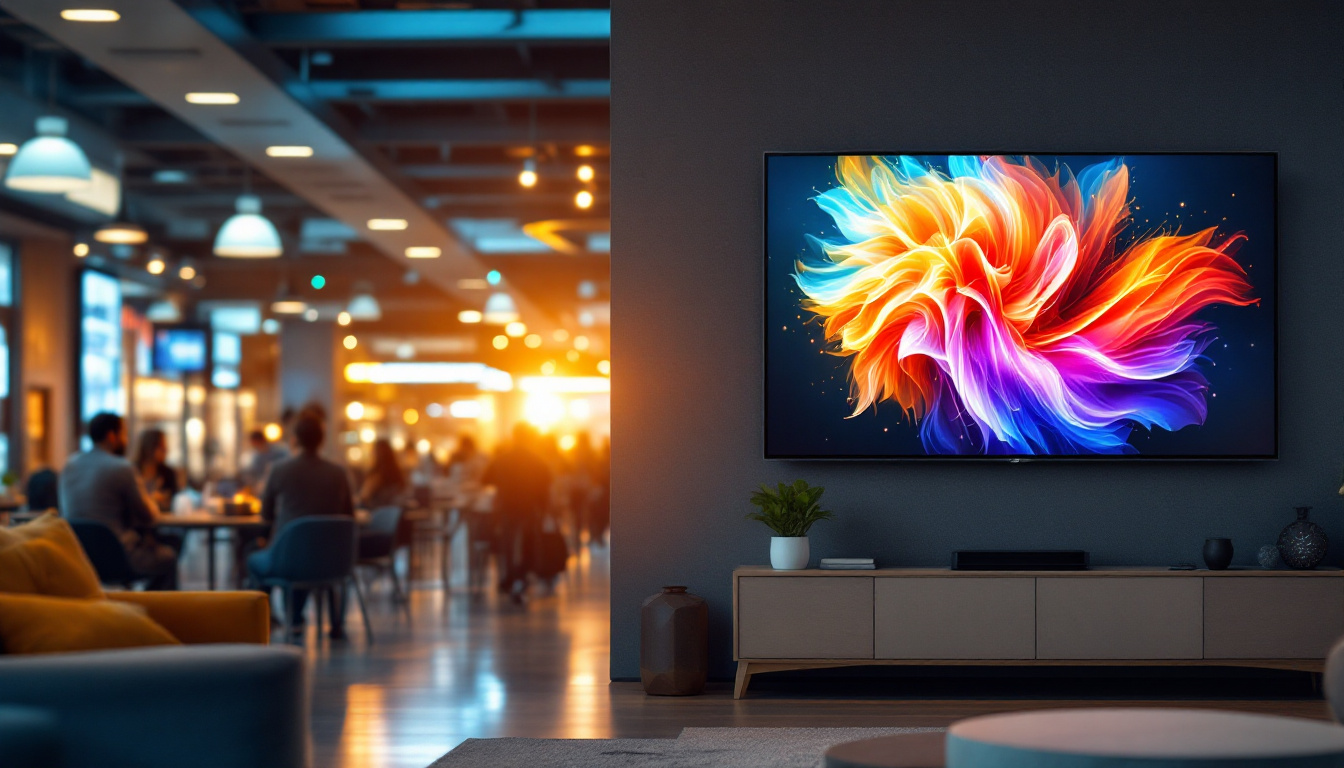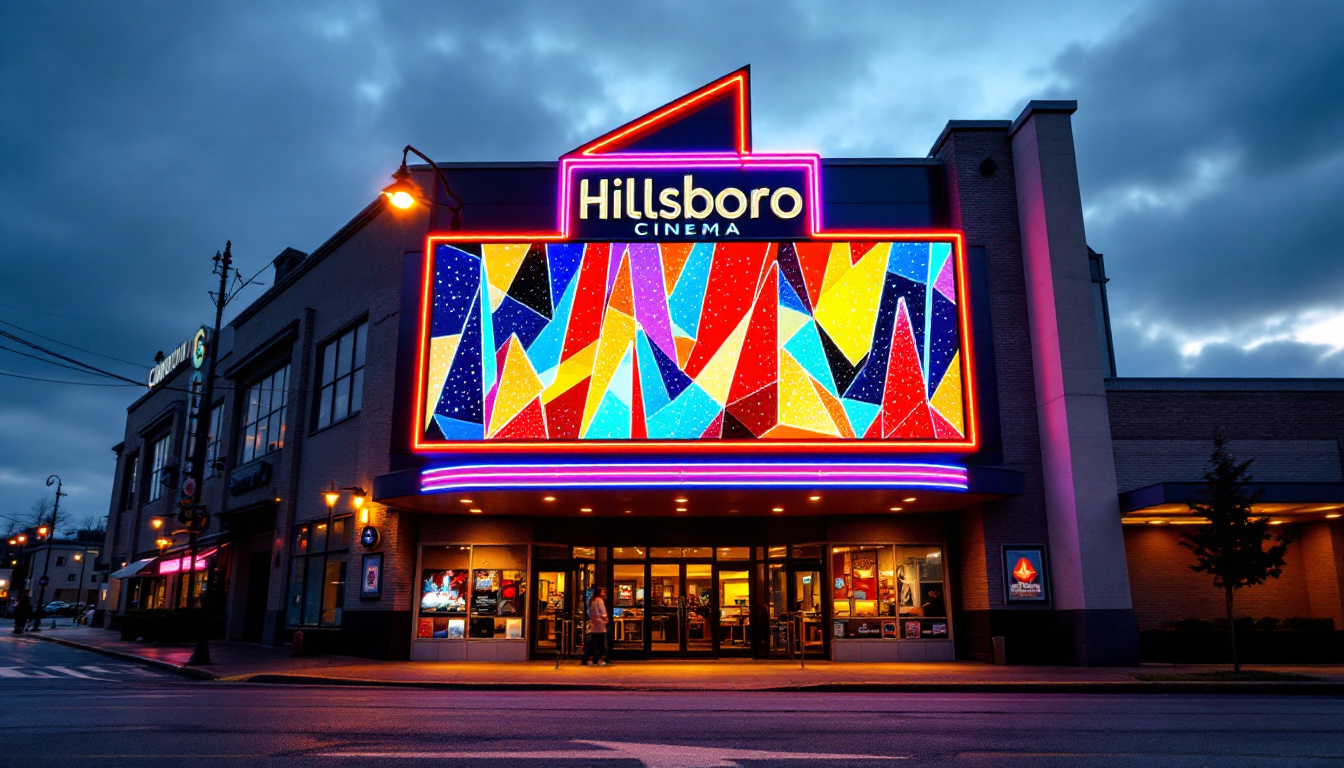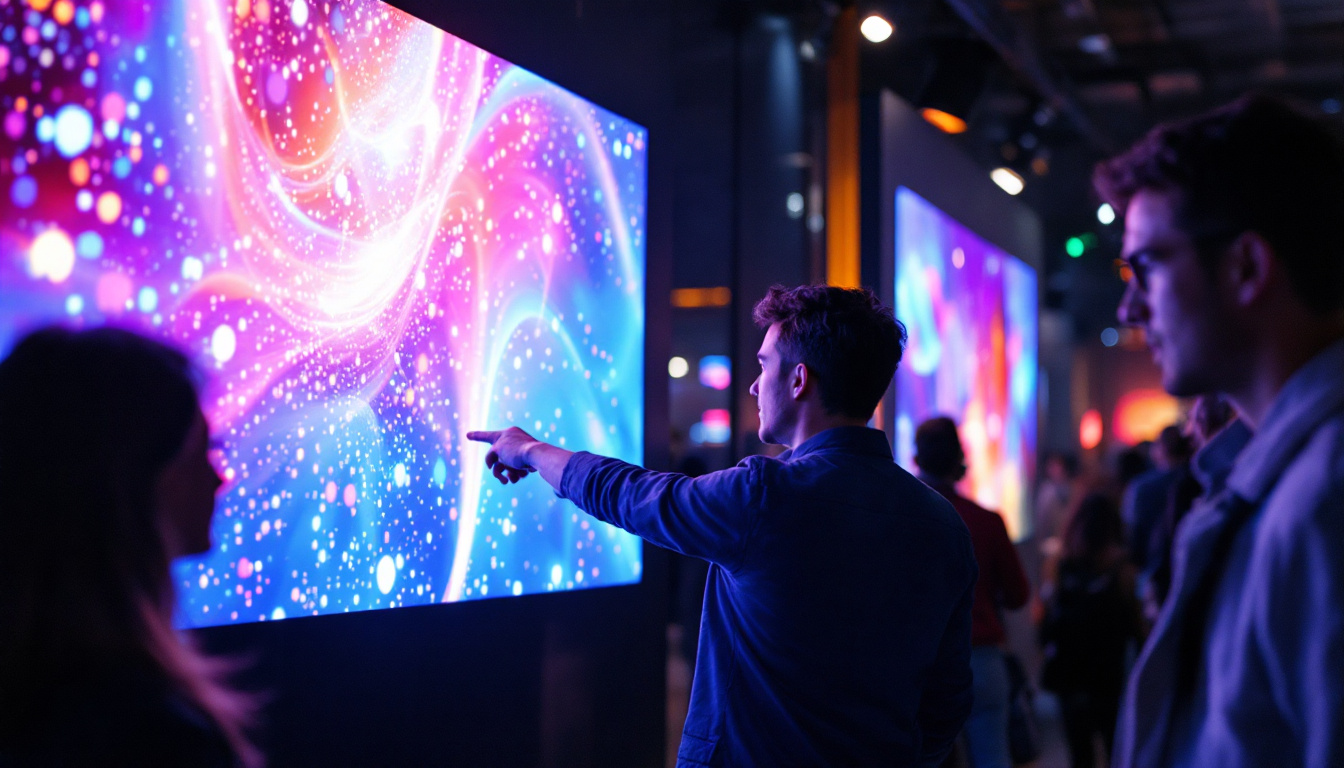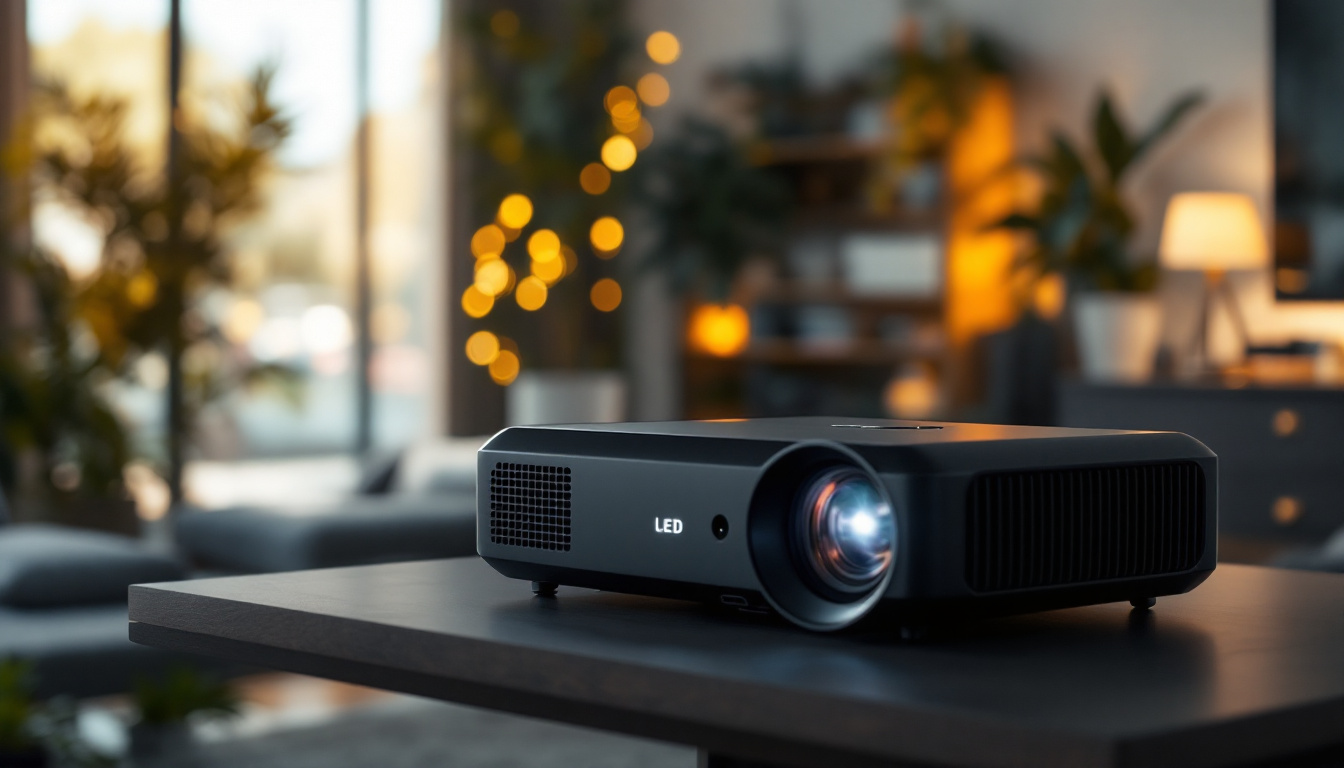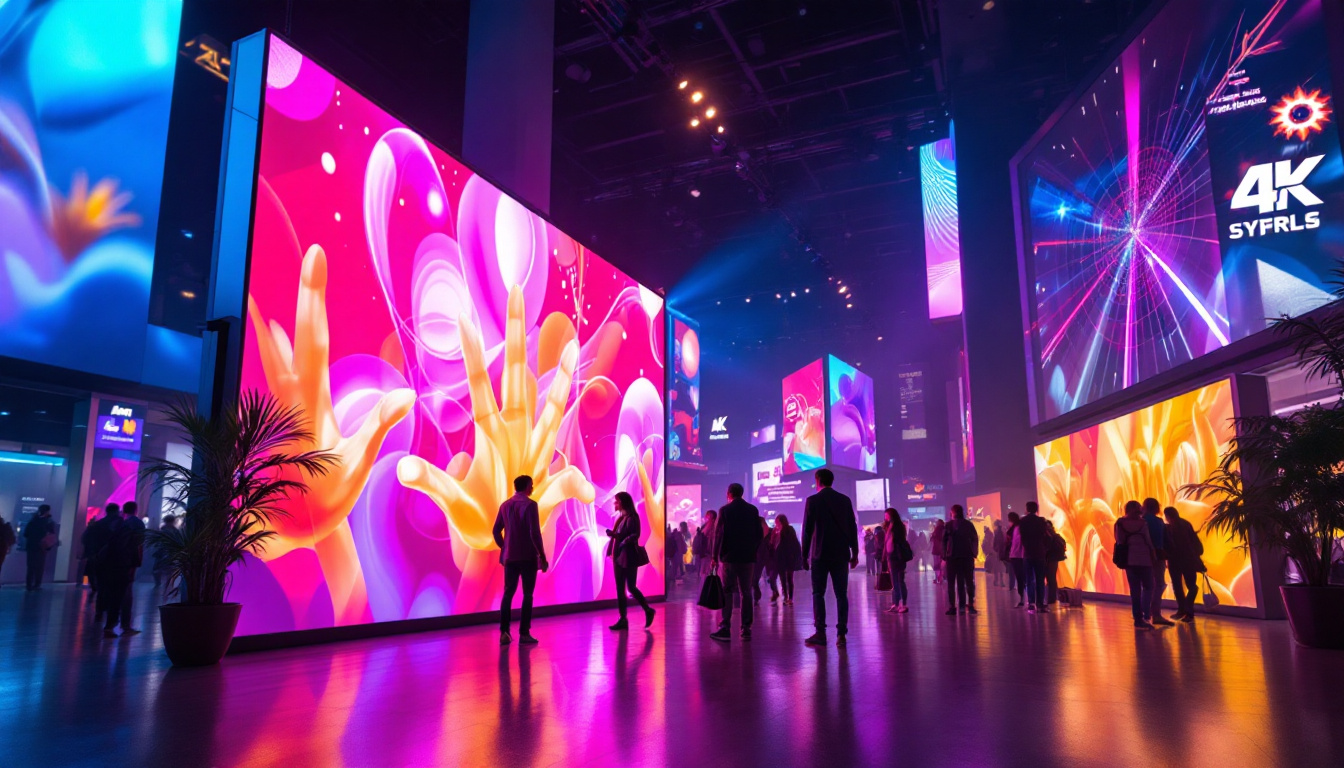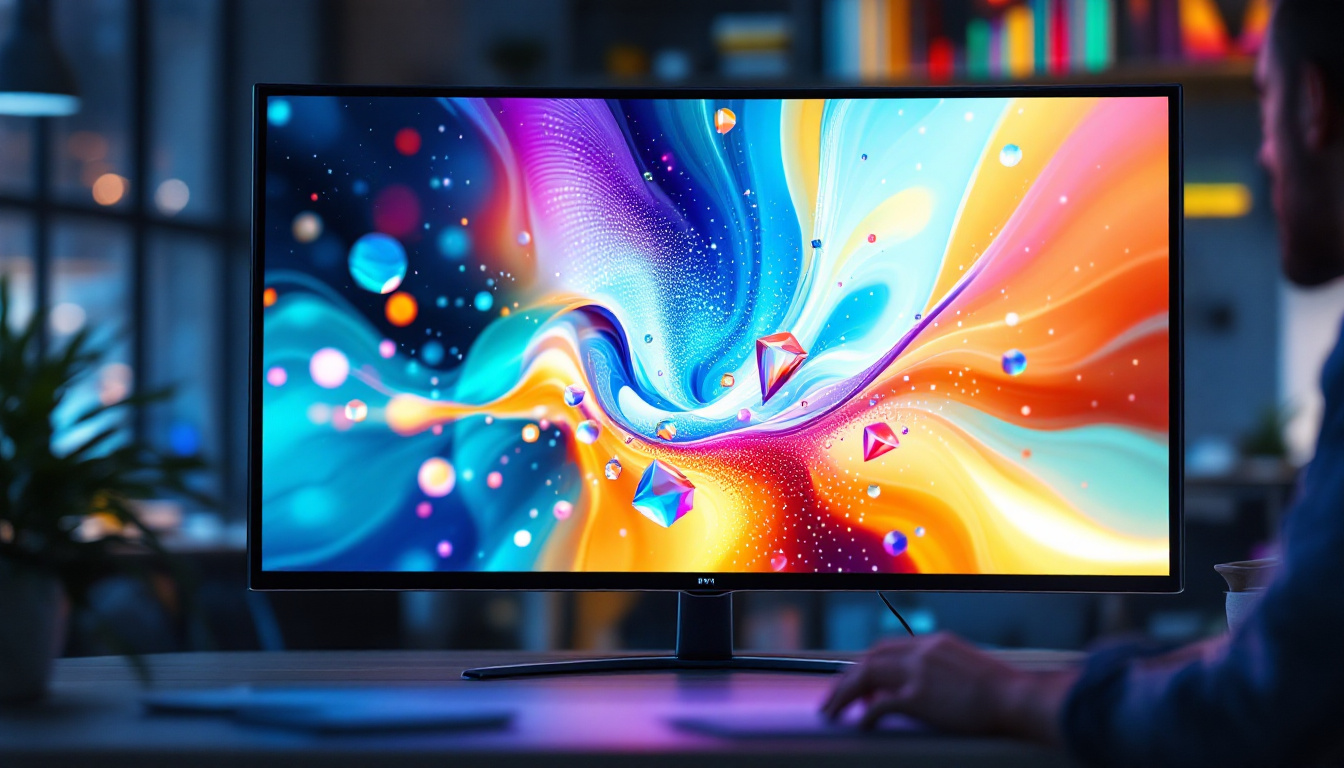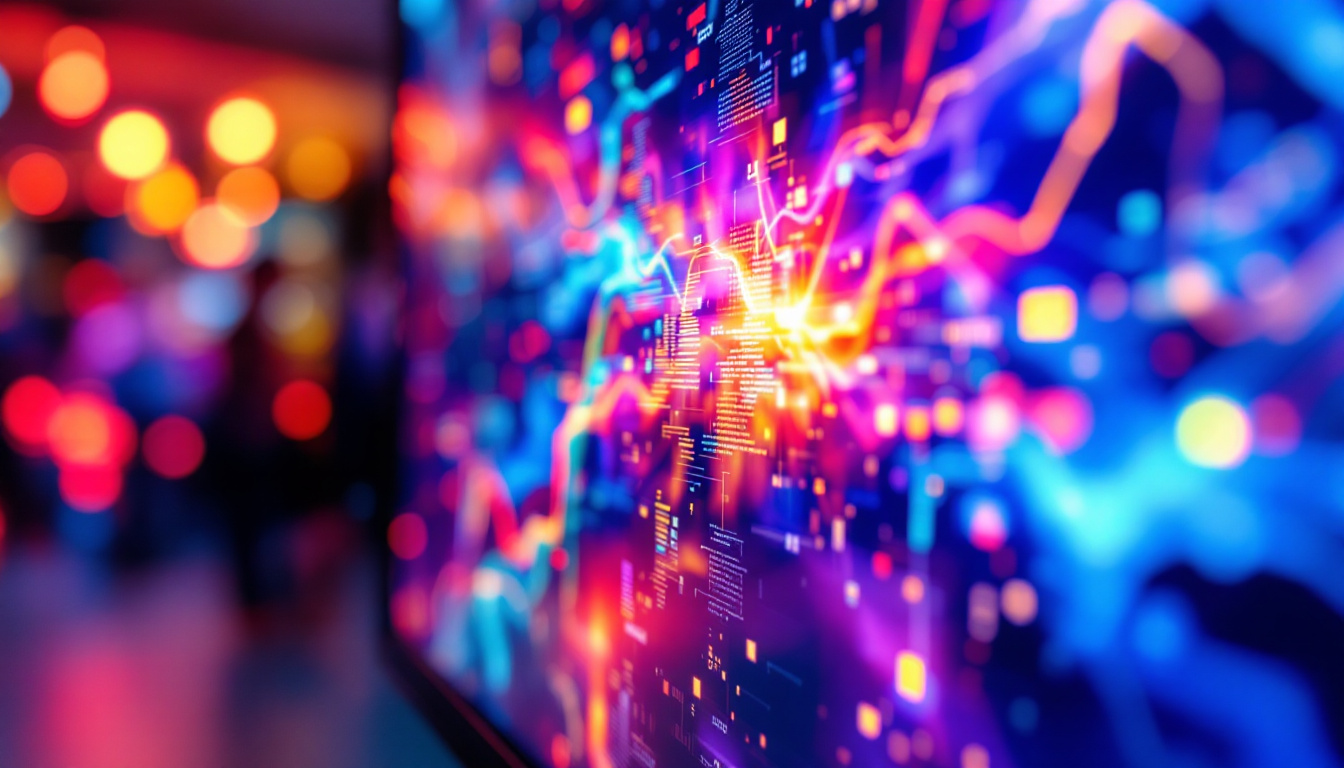In today’s fast-paced digital world, the demand for high-quality visual displays has surged. Among the various technologies available, LED (Light Emitting Diode) displays have emerged as a popular choice for businesses and organizations looking to enhance their visual communication. This article delves into the intricacies of LED displays, focusing on their features, advantages, and applications, particularly in the context of Klein Sales.
Understanding LED Technology
LED technology has transformed the way we perceive and interact with digital content. At its core, an LED display consists of numerous tiny light-emitting diodes that work together to create vibrant images and videos. These displays are known for their brightness, energy efficiency, and longevity, making them an ideal choice for various applications. From advertising and entertainment to information dissemination in public spaces, LED technology has become a staple in modern visual communication.
The Basics of LED Displays
LED displays can be categorized into two primary types: direct view and backlit displays. Direct view LED displays use individual diodes to create images directly, while backlit displays utilize LEDs to illuminate an LCD panel. The direct view technology is particularly popular for large-scale installations, such as billboards and stadium screens. These displays can be configured in various shapes and sizes, allowing for creative installations that capture the attention of passersby and enhance the overall aesthetic of a space.
One of the key characteristics of LED displays is their pixel pitch, which refers to the distance between the centers of two adjacent pixels. A smaller pixel pitch results in higher resolution and clearer images, making it suitable for close viewing distances. Conversely, a larger pixel pitch is more appropriate for applications where viewers are positioned farther away. This flexibility in pixel pitch allows designers to tailor their displays to specific environments, ensuring optimal viewing experiences whether in a crowded urban setting or a spacious auditorium.
Color and Brightness
LED displays are renowned for their exceptional color reproduction and brightness levels. The ability to produce a wide color gamut allows for vivid and lifelike images that capture attention. Additionally, LED displays can achieve high brightness levels, making them suitable for outdoor environments where sunlight can wash out other display technologies. This capability is crucial for applications such as sports events, concerts, and outdoor advertising, where visibility is paramount.
Brightness is measured in nits, with higher values indicating a brighter display. For example, a typical indoor LED display may have a brightness of around 1,000 nits, while outdoor displays can exceed 5,000 nits to ensure visibility in bright sunlight. Furthermore, advancements in LED technology have led to the development of adaptive brightness features, which automatically adjust the display’s brightness based on ambient light conditions. This not only enhances the viewing experience but also contributes to energy savings, making LED displays an environmentally friendly option.
Moreover, the integration of smart technology into LED displays has opened up new avenues for interactivity and engagement. Many modern LED displays are equipped with sensors and connectivity options that allow for real-time content updates and audience interaction. This capability is particularly beneficial in retail environments, where dynamic advertising can be tailored to specific demographics or events, creating a more personalized shopping experience. As LED technology continues to evolve, we can expect even more innovative applications that push the boundaries of visual communication.
Advantages of LED Displays
LED displays offer a multitude of advantages that make them a preferred choice for various applications. From energy efficiency to versatility, these displays have revolutionized the way businesses communicate visually.
Energy Efficiency
One of the standout features of LED technology is its energy efficiency. Compared to traditional display technologies, such as LCD and plasma, LED displays consume significantly less power. This not only reduces operational costs but also minimizes the environmental impact, making LED displays a sustainable choice for businesses.
Furthermore, the longevity of LED displays contributes to their cost-effectiveness. With a lifespan of up to 100,000 hours, LED displays require less frequent replacements, resulting in lower maintenance costs over time. This durability is particularly advantageous for businesses that rely on consistent visual messaging, as it ensures that their displays remain operational without the need for constant upkeep or replacement.
Versatility and Flexibility
LED displays are incredibly versatile and can be customized to fit various applications. From indoor advertising to outdoor digital signage, these displays can be tailored to meet specific requirements. They can be designed in various shapes and sizes, allowing for creative installations that enhance brand visibility.
Additionally, LED displays can be used in a wide range of settings, including retail stores, airports, stadiums, and conference centers. Their adaptability makes them suitable for both permanent installations and temporary events, providing businesses with flexibility in their visual communication strategies. The capability to display dynamic content, such as videos and animations, further enhances their appeal, allowing brands to engage their audiences in innovative ways. Moreover, advancements in technology have led to the development of transparent and flexible LED displays, which open up even more creative possibilities for architects and designers looking to integrate digital signage into their environments seamlessly.
Applications of LED Displays
The applications of LED displays are vast and varied, spanning numerous industries. Their ability to deliver high-quality visuals has made them an essential tool for businesses looking to engage their audiences effectively.
Advertising and Marketing
In the realm of advertising, LED displays have become a game-changer. Businesses can leverage the dynamic nature of LED technology to create eye-catching advertisements that capture the attention of passersby. Whether it’s a large outdoor billboard or a smaller indoor display, LED technology allows for vibrant colors and motion graphics that enhance brand messaging.
Moreover, the ability to change content remotely and in real-time enables businesses to adapt their marketing strategies quickly. Promotions, events, and announcements can be updated instantly, ensuring that the messaging remains relevant and timely.
Event and Entertainment Industry
The event and entertainment industry has embraced LED displays for their ability to create immersive experiences. Concerts, festivals, and sporting events often feature large LED screens that enhance the visual spectacle. These displays can be synchronized with audio and lighting to create a cohesive and engaging atmosphere.
Additionally, LED displays are commonly used in stage productions and theatrical performances. Their flexibility allows for creative set designs, enabling directors to craft visually stunning narratives that captivate audiences.
Challenges and Considerations
While LED displays offer numerous advantages, there are also challenges and considerations that businesses must keep in mind when implementing this technology.
Cost Implications
Although the long-term benefits of LED displays are significant, the initial investment can be substantial. High-quality LED displays, especially those with smaller pixel pitches, can come with a hefty price tag. Businesses must carefully evaluate their budget and determine the return on investment before making a purchase.
However, it’s important to consider the potential savings in energy costs and maintenance over time, which can offset the initial expenditure. Additionally, many financing options and leasing agreements are available to help businesses manage the upfront costs.
Technical Expertise
Implementing LED displays often requires a certain level of technical expertise. Businesses may need to hire professionals for installation, programming, and maintenance to ensure optimal performance. This can add to the overall cost and complexity of the project.
To mitigate this challenge, companies can partner with experienced vendors who offer comprehensive support, from installation to ongoing maintenance. This collaboration can help businesses maximize the benefits of their LED displays while minimizing potential issues.
The Future of LED Displays
The future of LED displays looks promising, with advancements in technology continually pushing the boundaries of what’s possible. Innovations such as microLED and flexible displays are set to revolutionize the industry, offering even more possibilities for creative applications.
MicroLED Technology
MicroLED technology represents a significant leap forward in display technology. Unlike traditional LED displays that use larger diodes, microLED displays consist of tiny individual LEDs that can create stunning visuals with unparalleled clarity. This technology allows for higher resolutions and improved color accuracy, making it ideal for applications where detail is paramount.
As microLED technology matures, it is expected to become more affordable and accessible, opening up new opportunities for businesses to incorporate high-quality displays into their marketing and communication strategies.
Flexible and Transparent Displays
Another exciting development in the LED display landscape is the emergence of flexible and transparent displays. These innovative designs enable displays to be integrated seamlessly into various environments, from retail spaces to architectural installations.
Flexible displays can be bent and shaped to fit unique spaces, allowing for creative installations that were previously unimaginable. Transparent displays, on the other hand, offer the ability to showcase content while maintaining visibility through the screen, providing a futuristic touch to any setting.
Conclusion
LED displays have undoubtedly transformed the way businesses communicate visually. Their vibrant colors, energy efficiency, and versatility make them a compelling choice for a wide range of applications. While challenges such as initial costs and technical expertise exist, the long-term benefits far outweigh these considerations.
As technology continues to advance, the future of LED displays promises even more exciting possibilities. Businesses that embrace this technology will not only enhance their visual communication but also stay ahead in an increasingly competitive landscape. Klein Sales, with its commitment to quality and innovation, is well-positioned to lead the charge in the LED display market, helping clients harness the power of this remarkable technology.
Discover the Future of Visual Communication with LumenMatrix
Ready to elevate your visual messaging and captivate your audience like never before? Explore LumenMatrix’s comprehensive suite of LED display solutions, where innovation meets practicality. From Indoor and Outdoor LED Wall Displays to specialized options like Vehicle, Sports, and Floor LED Displays, LumenMatrix is at the forefront of creating immersive experiences. Whether you’re looking to customize your display or seeking an All-in-One solution, our mission is to empower your brand with technology that stands out. Don’t just communicate—revolutionize your message with clarity and impact. Check out LumenMatrix LED Display Solutions today and see the difference for yourself.

